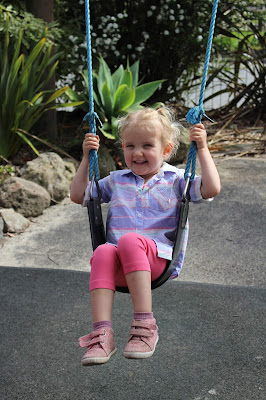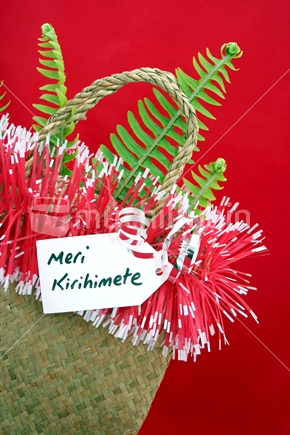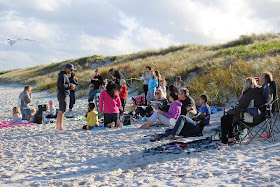Can you believe, we've settled 29 new children into kindergarten this term! This has been huge for us, moving from 30 children to 40 on a daily basis, both challenging and rewarding!
For children settling into a new environment, one that is different from home, can be daunting. Learning to be apart from loved ones also holds it's own challenges, however we are so proud of all our tamariki who have settled in so well or are making great progress.
We know that having a good drop off experience is important for both the child and parent and as a team, we work hard to achieve this. Here are some of our tried and true
settling tips...
It's all about relationships!
Relationships are key and we strive to foster reciprocal, meaningful and authentic relationships. When children are starting kindergarten they are building and developing a whole lot of new relationships with peers and teachers.
This can take time. Tip: Share some of your child's interests with the teachers so they can use this as a basis to create shared moments together.

Joss shared her families interest in fishing
and bought in a fish to
investigate...wow, very interesting!
"The quality and stability of a child's human relationships in the early years lay the foundation for a wide range of later developmental outcomes that really matter - self confidence and sound mental health, motivation to learn, achievement in school and later in life, the ability to control aggressive impulses and resolve conflicts in nonviolent ways, knowing the different between right and wrong, having the capacity to develop and sustain casual friendships and intimate relationships, and ultimately to be a successful parent oneself" (National scientific council of developing child, Harvard University, 2004).
Nothing like connecting home and kindergarten to grow a sense of belonging
Nat and Nate's Dad bought in a bucket of crabs he'd caught from down at the beach. Children had a lot of fun checking them out!
Be on time
In our experience children who arrive on time settle into the routines of the day faster. When children come in late they have to use advanced social skills and be confident enough to ask their friends to play, and that is a big ask for some 3 or 4 year olds. It is easier for children to start at the same time as all their friends. Tip: Arrive at kindergarten between 8:15 and 8:30am.
Have a goodbye routine
Creating a predictable goodbye routine reduces anxiety. When you arrive at kindergarten, do the same things every time, that way children quickly learn what to do. Get children to put their bag away and then pick an activity that engages and excites them. Tip: Put a time-frame on the chosen activity. For example say to your child "I'll help you finish this puzzle and then it's time for me to go." Using an end time-frame makes the 'leaving' part predictable and children stop fretting over when you might go.

Teachers are there to help
Seek the assistance of a teacher so that
you and your child are well supported as you say goodbye. It's in our best interest to have happy children because we believe happy children are learning children! Tip: Ask a teacher for help. We need to know if children are anxious about coming to kindergarten. There are many things we can do and we are more than happy to help.
Here we are helping Maia to learn how to say a positive farewell to her Mum
Sometimes all children need is some gentle guiding support to let Mum go. Other times children need to practice many, many times before they become confident and skillful at this new experience. This experience is very much tied to the heart strings which makes it even trickier to manage at times. As much as possible we hope children and families feel our compassion and aroha during this process.

 Bye Mum, I love you!
Bye Mum, I love you!


Setting up the environment to keep children playing and happily engaged
Settling children well requires thoughtful
set up of the environment to ensure all children are able to find something interesting to do.
We try to match our environment with what children are interested in and excited about. Conversations with parent are valuable for creating a meaningful play space that will engage children. It's all about relationships!
Be positive
At drop off time, remaining positive builds an expectation in children, that kindergarten is a fun place for them to be. Talking in positive tones with reassuring words sends a message that they are going to be okay. Tip: Say something like "I can't wait to hear about your exciting day when I get back. I know you are going to have so much fun at kindy!"
Here we are again, trying to keep learning interesting for children, offering different experiences to see what perks their interest.
Keep it short and sweet!
This is important...don't prolong the agony, make your goodbyes short and sweet! We'll be supporting your child to adjust, building their confidence, and encouraging them to choose activities that make them feel good. Tip: Once you've said goodbye, go and go quickly! If we feel we're making no progress and your child is too upset for us to settle them, we'll call you. It's our mission to have children feel a real sense of belonging here, and to feel safe and secure and we are constantly working on this.
Capable and confident social beings
Another piece of the settling puzzle sits around the topic of social competency. Kindergarten is an extremely social place and sometimes it takes a lot of adjustment for children to be part of such a large social group.
It takes practice to learn how to get on with others, to make friends, to learn to share, to understand how to solve issues as they arise in a peaceful and respectful way. Children need positive guidance, time and space to learn these skills and develop a deeper understanding.
We have a strong commitment to developing children's social and emotional competency and problem solving skills here. An example of this can be seen in the settling process when we challenge children to think of things that make them happy...we send the message to children that they have can have a choice in how they feel. Here are some happy choices at kindergarten...
Anyway that's it from me.
Hope this shed a bit of light on our settling routine
and that you enjoyed the photos.
The biggest thank you to the tamariki of
Bream Bay Kindergarten for being so much fun.
You make it so easy to come to work!
Arohanui
Tania





























































































